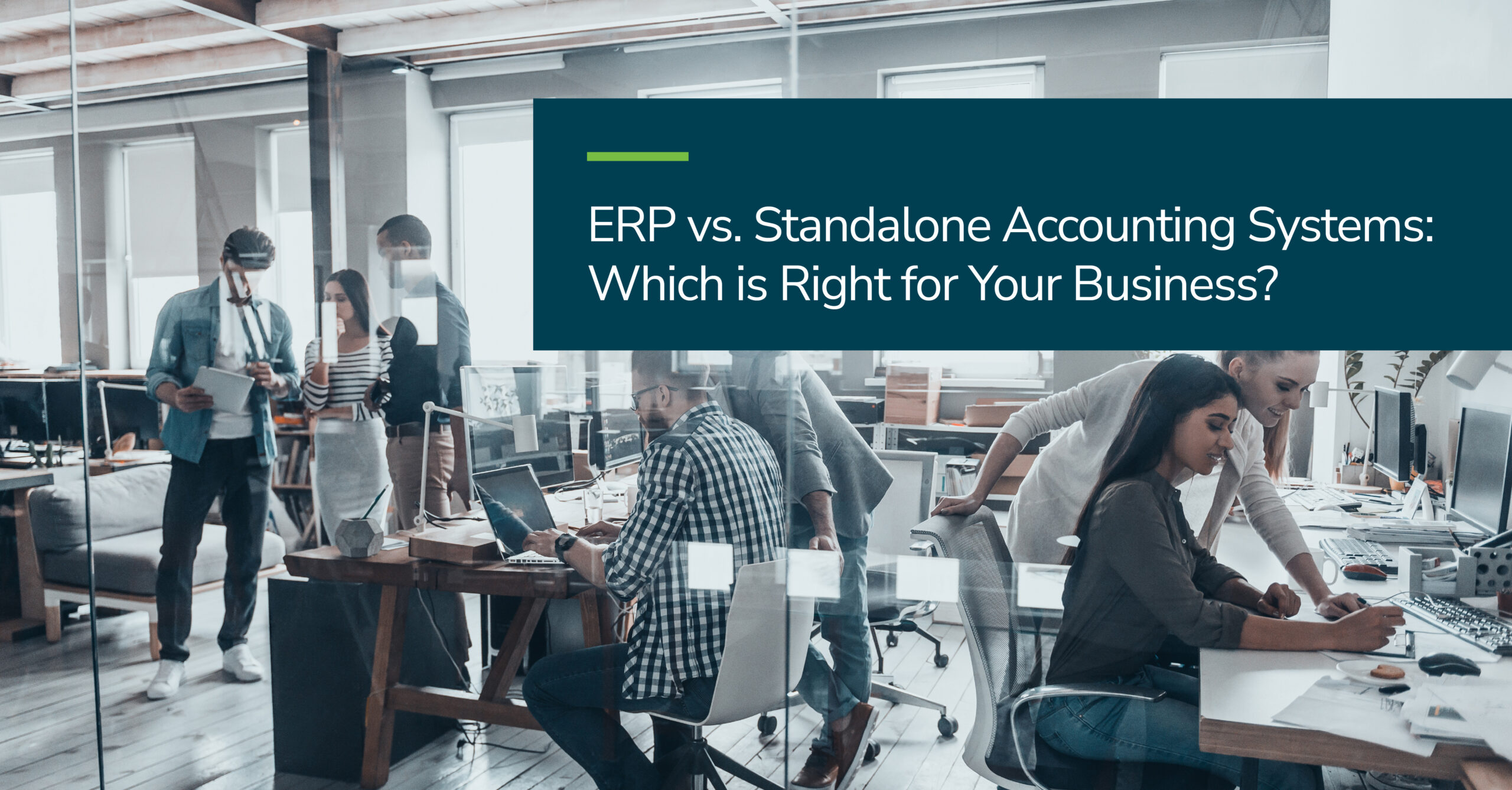
NexTec’s new Infographic has a question for SMBs. Who wins in the battle between standalone accounting systems and comprehensive Cloud ERP solutions?
To answer this, SMBs must look at the world in which we live. They’ll see humanity connected in a way we’ve never seen before. Friends and family living in different cities, states, or countries can chat live with just a click of a button. Customers enjoy the same experience in popular fast-food restaurants—such as McDonald’s with its more than 38,000 locations in over 100 countries—no matter where they’re located. And ongoing supply chain disruptions aren’t just affecting certain businesses in a few regions—they’re affecting businesses across the globe.
SMBs must mimic this interconnectedness if they want to succeed in today’s challenging marketplace. With high customer expectations and growing operational and accounting complexity, it’s time for SMBs to question whether their simple, standalone accounting systems—which may handle their accounting responsibilities commendably—can keep up with new, more sophisticated demands. Such demands include ticket tracking, warehouse management and in-house logistics. They also include critical third-party application integrations which are becoming so necessary in the face of growing global supply chain complexities.
This is where modern cloud-based ERP solutions come into play. Simply put, Cloud ERP solutions bring every aspect of a business across wide geographical boundaries together under one umbrella. Business data from each department, as well as data from outside sources, stream into and out of the ERP’s centralized database, allowing team members access to updated, accurate information and opening the door to data-driven decisions.
Though standalone accounting systems and Cloud ERP solutions each offer value-filled functionality and advanced capabilities, the question posed by the Infographic still remains. Who wins in a world that continues to become more and more intertwined, where customer expectations continue to rise, and business challenges grow in size and depth?
Download the free Infographic to compare the features and benefits of each system, and based on their capabilities, decide which one is truly the best for meeting—and exceeding—today’s increasingly complex requirements.
Don’t forget that our experts are standing by to answer any questions or to set up a demonstration. We’d love to chat.
